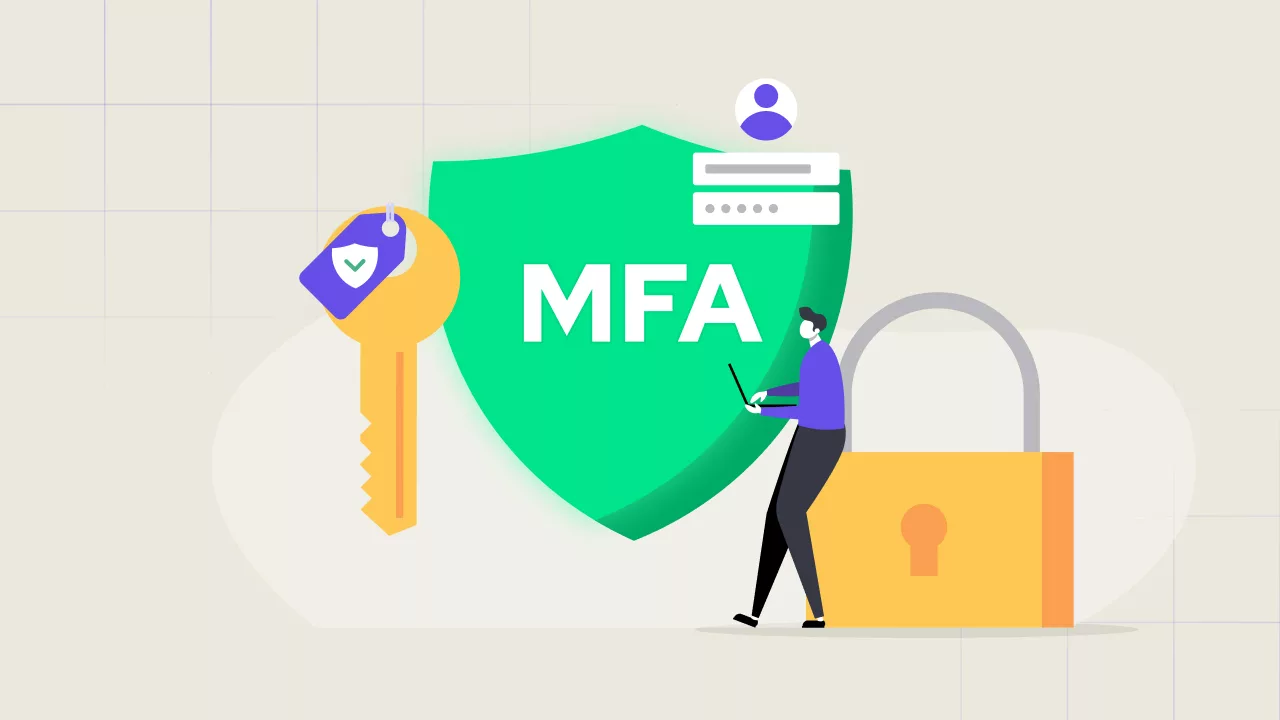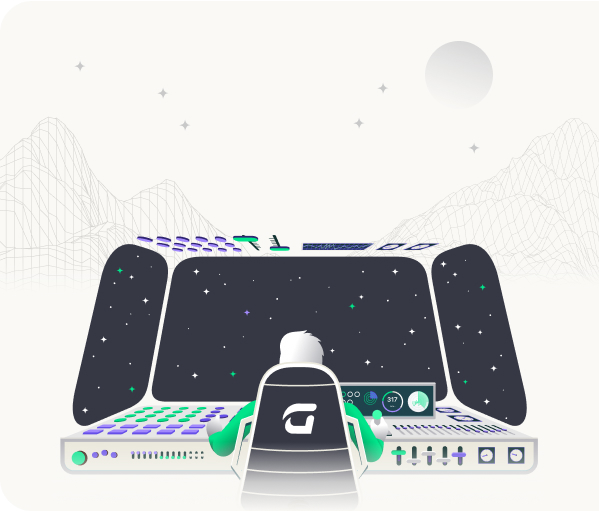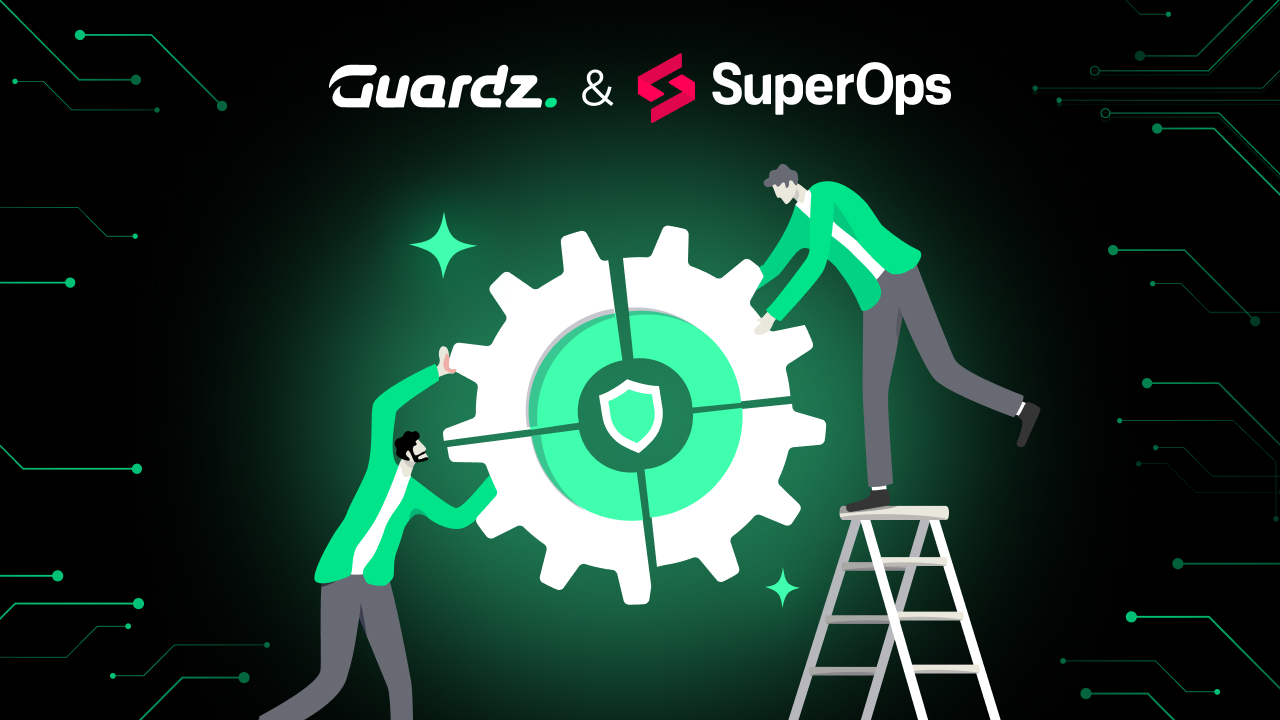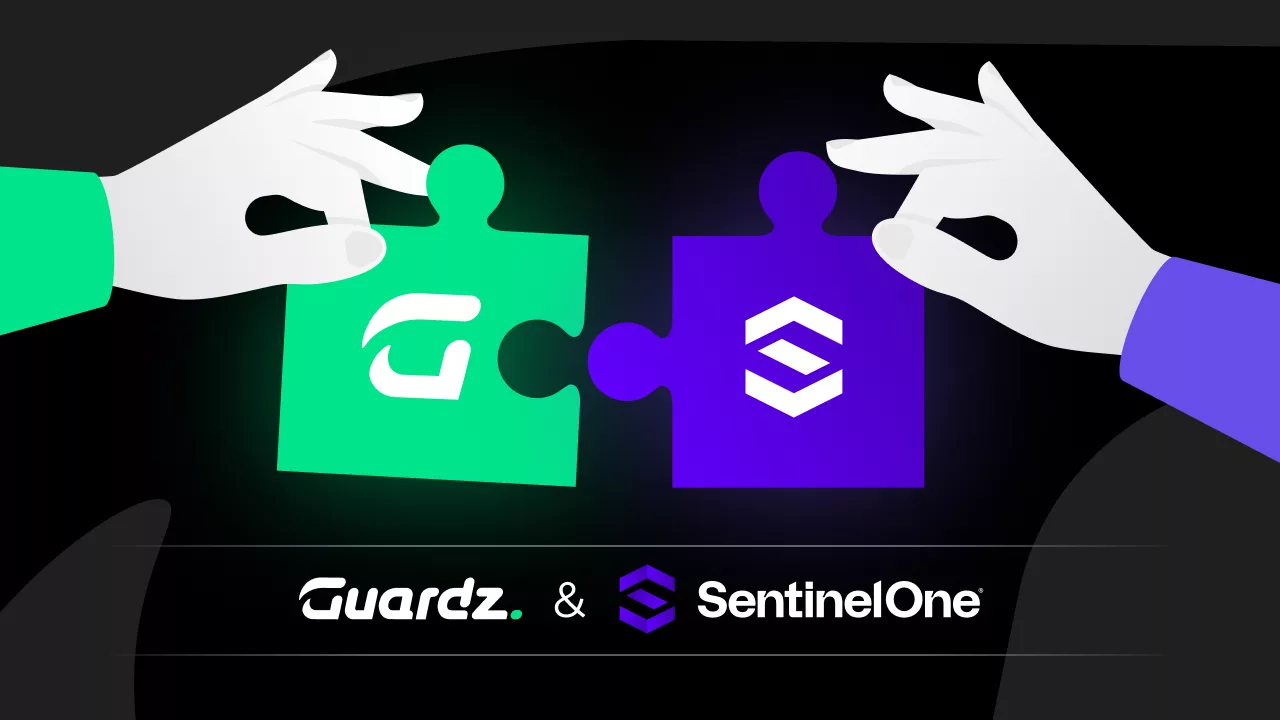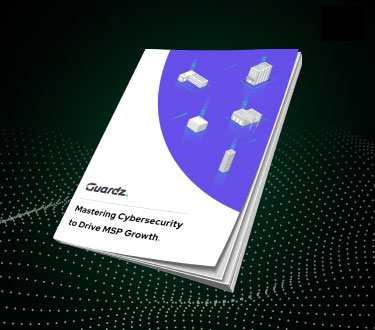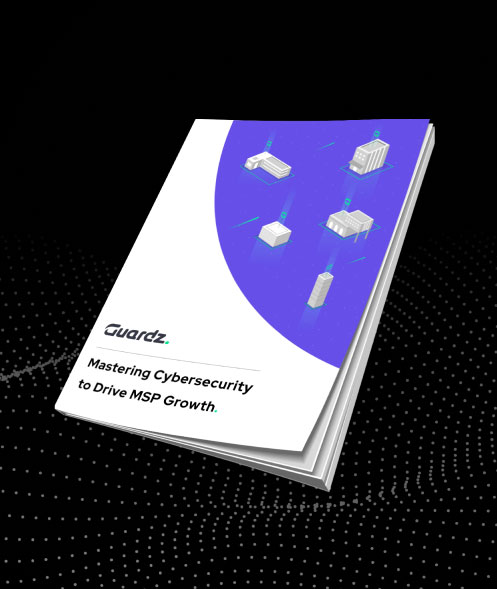According to research from IT Governance, nearly 6 billion records were compromised in 2023. It is estimated that 80% of data breaches are a result of weak or poor security passwords. The good news is that implementing best practices and simple security measures can defend against many of these breaches. As a first line of defense, many businesses have turned to multi-factor authentication, or MFA, to step their security up a notch.
What is Multi-Factor Authentication (MFA)?
Multi-factor authentication requires users to login in another step beyond their username and password as an additional defense against identity theft, data breaches, and cybersecurity attacks. This approach requires two or more “factors” to access sensitive data or target your business’ IT infrastructure. For example, in addition to requiring a username and password, multi-factor authentication requires a username, password, one-time code, and a fingerprint.
5 Types of Multi-Factor Authentication
These different factors and authentications include:
- Knowledge. Data that only the users know, such as a password, an answer to a personal question that only the user would know (e.g. What is your address?), or a personal identification number (PIN).
- Possession. A device or object in the user’s possession, such as an access badge, physical security token, or a one-time mobile code from either an SMS or an authentication application (e.g., Google Authenticator).
- Inherence. Data that is biological proof that the user exists (e.g., behavioral analysis, fingerprints, or other biometric data).
- Location. Data attached to a user’s location, such as their current geographic location.
- Behavior. This involves asking a user to perform a specific behavior. For example, tracing a specific pattern with your finger to unlock a phone is an example of this behavior-based factor.
Looking to boost your MSP revenue? Guardz got your back!
The Difference Between MFA and Two-Factor Authentication
MFA, or multi-factor authentication, is different from two-factor authentication because it requires two or more factors rather than just two factors of authentication. For example, while two-factor authentication might require a username and password (e.g., knowledge) and an additional one-time password that a user receives from their own mobile device or email (e.g., possession), multi-factor authentication would require a password, one-time password, and biometric identification such as a fingerprint (e.g., inherence). Two-factor authentication is a type of multi-factor authentication since it requires two factors, but MFA requires two or more factors for authentication.
Is Two-Factor Authentication (2FA) Secure?
While 2FA is generally considered to be secure, it depends on the type of authentication. Some types, such as mobile phone codes, are more vulnerable to cybercriminals, such as if the mobile phone was stolen. These codes are also more susceptible to different types of cyberattacks, such as SIM swaps, man-in-the-middle, and phishing attacks. Other types of authentication, such as Google Authenticator or physical tokens, are less vulnerable to these types of attacks.
Multi-factor authentication is widely regarded as more secure since it adds a layer of security, making it more difficult for unauthorized users to gain access to systems, infrastructure, and sensitive data.
The Benefits of Multi-Factor Authentication
Multi-factor authentication adds an additional layer of security for organizations, is easy to set up, and is a requirement for businesses that need to comply with specific industry standards such as HIPAA and PCI-DSS. For this reason, multi-factor authentication is a standard security practice for banks and other financial services, proprietary services at a company, remote work, and access to cloud services. These are all scenarios that demand extra security and are often subject to compliance.
Cybersecurity attacks that multi-factor authentication helps to defend against are ones related to user passwords, such as:
- Brute-force attacks: Attackers or bots attempt every possible permutation of passwords until they discover the correct one.
- Man-in-the-middle: This attack intercepts communications (e.g. wifi or X) to access passwords.
- Phishing. Attackers deceive victims with emails or other methods to elicit their passwords.
- Keylogging: This type of attack leverages malware that steals user credentials and/or user strokes.
- Credential stuffing: Attackers or bots gain access to user credentials and simply go down the list until one is successful.
How Guardz Helps Protect MSP Clients Against Cyberattacks
SMEs today operate with smaller budgets, limited resources, and a significant security gap, making them an easy target for cybercriminals. Multi-factor authentication is an easy way for them to step up their security – and a requirement for businesses across industries that seek to protect sensitive customer data. However, with ransomware, phishing, data loss, and user and data security the top threats to businesses across all industries, MSP clients demand more advanced cybersecurity solutions. Guardz delivers an advanced solution with high-end cyber technology that uncovers vulnerabilities with our non-intrusive scan of your external attack service and allows you to choose the most suitable remediation.
- Share On:


